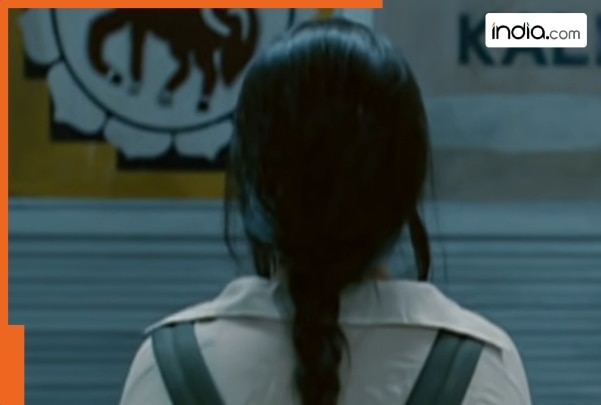Along Israel’s northern border, there was a road that was too dangerous to drive during this past year of Hezbollah strikes on Israel.
On Monday, the roads near the border seemed to be giving birth to a new era of quiet.
They were not bustling with traffic. However, the blossoms on some trees have already begun to arrive, early for spring, as if to say that the land is ready for a rebirth of hope in the wake of war. I drove along part of the border on Monday, visiting areas I had visited during the war to see the changes.
Quiet dominates Israel’s northern border amid ceasefire
Hezbollah began its attacks on northern Israel on October 8, 2023, one day after the Hamas massacre. For about nine months, it fired more than 7,500 rockets at Israel and launched hundreds of kamikaze drones. The area along the border became a war zone and around 60,000 Israelis were evacuated. Families left small communities they had called home.
I remember going to Shtula, located on the border across from Ayta ash-Shab. The Israeli community was emptying in October – what was left were a few men from the local security team. They described how they had lived there for decades under Hezbollah threats and the threat of Palestinian terror before that. This time, it was different.
On Monday, the hills between Shtula and other border communities such as Sasa, were quiet. It was so quiet that nature seemed to be ready to reclaim some of the border roads. These areas were damaged by armored vehicles hastily brought up during the war to defend the border.
The IDF began ground operations in Lebanon on October 1, 2024, with a ceasefire deal signed on November 27. It was supposed to last an initial 60 days, after which the IDF would withdraw from Lebanon. The withdrawal has been postponed until February 18.
Along the border are cement walls – some of them added during the war, some of them older, from previous conflicts, which protect against Hezbollah anti-tank missile fire. There were also a large number of jackals that have come out to run along the near-deserted roads near the border.
However, this desertion now only affects the area directly on the border. In areas like Sasa, people are returning to the border, slowly. Everything could return to normal. However, Monday felt like there was still more to be done. The fact is that although the border is quiet, there is uncertainty. During the war, Hezbollah used Lebanese border villages to attack Israel. Threats were common in areas across the border from places like Shtula. Today, villages such as Ayta ash-Shab appear to still be deserted on the other side.IDF continues operations
Many Lebanese have not returned, as the pressure grows in Lebanon to move that along, and as the IDF continues to operate on the other side. The IDF said on Monday that two brigades were continuing “defensive activities in southern Lebanon, in accordance with the understandings between Israel and Lebanon and to preserve operational achievements in the area.”
The IDF said the 769th Brigade “located several weapons storage facilities containing mortar shells, missiles, rockets, explosives, firearms, and a large amount of military equipment. All weapons were confiscated, and the storage facilities were dismantled.” This illustrates that the border challenge remains. For me, it was a special experience to be able to return to the border area and feel more safe than I have in the past. When I was in Shtula in October 2023, an anti-tank missile hit a civilian vehicle.Driving around the area, one felt exposed to enemy fire. When I went back several times, during the fighting in October and November 2024, to border areas near Sasa and the Christian town of Jish, there was a sense that although the IDF was operating on the other side of the border, the Hezbollah threat still loomed.
At that time, rockets were fired frequently, and interceptions caused shrapnel to fall at one point near where I was driving, starting a fire. Today, that area of trees is a rust color, the trees burned and dead. However, in areas near the trees, there are blossoms on trees – this is the contrast between the scars of war and nature’s desire to begin anew. People who live in the border communities also suffered the scars of war and want to grow again in this region.







